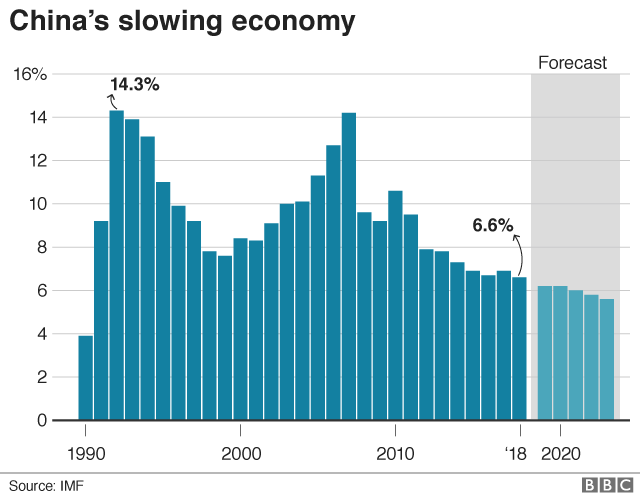900 319 0030
enquiry@shankarias.in
Why in news?
The growth of gross domestic product (GDP) in the People’s Republic of China (PRC) has slowed to 6.6% in 2018.
Why is it a concern?

What is the cause?
What should China do now?
What are the challenges therein?
What does this mean for India?
Source: Business Standard